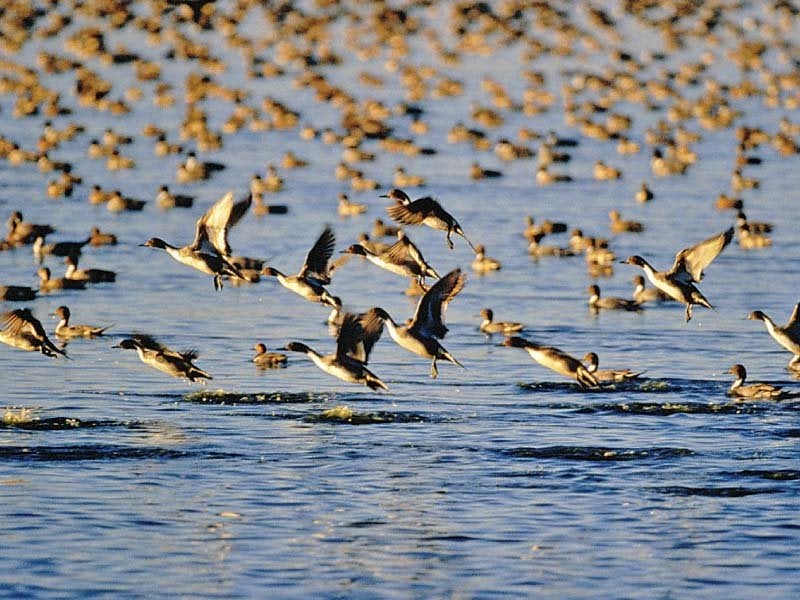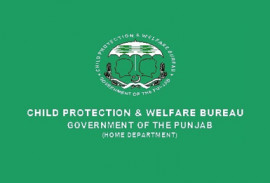
A Wildlife Research Institute report stated that Chashma Barrage is home to a significant number of waterfowls, which are estimated to be 41,953. Similarly, 10, 034 waterfowls are based in Namal Lake, 24,512 in Uchali Lake, 544 in Khappay Lake, 837,000 in Kallar Kahar, 8,903 in Rasul Barrage, 769 in Head Qadirabad, while 4,269 waterfowls are estimated to be in Head Marala. The figures do not include the waterfowls found in Punjab’s National Park, Wildlife Park, Safari Park, zoo and artificial lakes constructed in homes.
Lungh Lake, a little known natural resort of Sindh
Punjab Wildlife Director General Ayaz Khalid told Express News that there has been a considerable increase in the number of waterfowls in water reserves, lakes and rivers annually. He added that permission to hunt waterfowls is granted once a year. “They are hunted in particular areas from October to April. However, during that time, hunters are barred from their activities in National Park, while a special permit is needed for hunting in game reserves,” he maintained.
The Wildlife Research Institute also completed a survey of the Chankara deer in Punjab. In this regard, a report is also being compiled and will be submitted to the wildlife headquarters next week. Officials told Express News that a 200% increase in the number of Chankara deer has been observed in Bahawalpur, Rahim Yar Khan and Sadiqabad regions. In 2015, only 50 Chankara deer were found in these areas.
When contacted, Wildlife Deputy Director Anwar Maan said, “Since the past two years, I have strictly looked after all the areas which are serene and where these deer are bred.”
He added the theft and illegal hunting of Chankara deer has been curbed to a great extent due to which there has been a considerable increase in numbers.
Maan pointed out that statistics related to the Chankara deer, in various areas of Punjab, will be shared in few days.
Published in The Express Tribune, May 5th, 2018.

















COMMENTS
Comments are moderated and generally will be posted if they are on-topic and not abusive.
For more information, please see our Comments FAQ